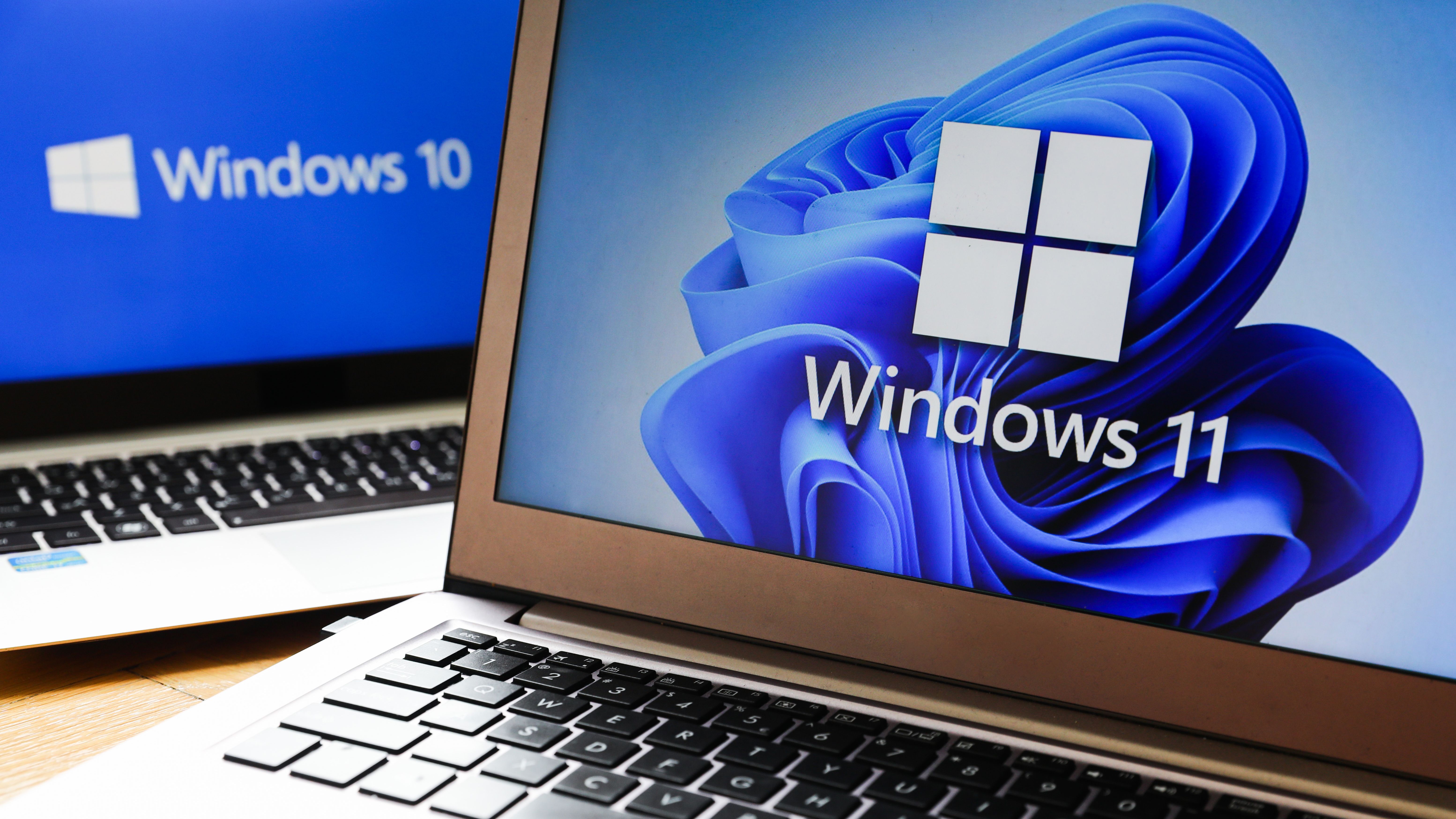Actively exploited Windows vulnerability reaches peak severity when paired with popular attack
May 2022's routine Patch Tuesday fixes seven 'critical' issues, including a familiar headache for IT administrators


The severity of an actively exploited Windows security vulnerability rises to the highest severity rating if used by attackers in an NTLM relay attack.
The spoofing vulnerability in Windows Local Security Authority (LSA) subsystem, tracked as CVE-2022-26925, has a CVSSv3 severity rating of 7.1 on its own, but climbs to 9.8 if harnessed in tandem with an NTLM relay attack, Microsoft said.
NTLM relay attacks involve the exploitation of Microsoft’s NTLM authentication protocol, now in its thirtieth year and thus deeply embedded in enterprise networks, allowing attackers to sit in between clients and servers to intercept authentication requests to capture credentials and move around networks.
All supported versions of Windows are vulnerable to the attack and Microsoft said hackers are already finding ways to exploit it. Experts told IT Pro that it’s a bug that should worry every IT professional and one that could lead to remote code execution (RCE).
“While the advisory lists this as a CVSSv3 of 7.1 - the score jumps to a 9.8 when used as part of an NTLM attack,” said Kev Breen, director of cyber threat research at Immersive Labs. “While all servers are affected - domain controllers should be a priority for protection as, once exploited, this provides high-level access to privileges, often known as ‘the keys to the kingdom’.”
Microsoft has already published an article and a separate advisory for system administrators who are looking for more information on how to protect their environments from NTLM relay attacks.
The Zero Day Initiative (ZDI) also noted that the patch affects some backup functionality on Windows Server 2008 SP2 so it’s worth reading the vulnerability’s documentation carefully to ensure backups continue to work as needed.
Sign up today and you will receive a free copy of our Future Focus 2025 report - the leading guidance on AI, cybersecurity and other IT challenges as per 700+ senior executives
PrintSpooler continues to threaten
It’s nearly been a year since Microsoft’s bungled PrintNightmare fiasco first started affecting Windows machines and a further three vulnerabilities have been addressed in Print Spooler - the built-in Windows component in this month’s round of fixes.
Although Microsoft is not aware of any active exploitation, all three vulnerabilities are classified as ‘exploitation more likely’ and should be patched as soon as possible.
“Print Spooler shows that it remains an Achilles heel in enterprise security teams’ infrastructure with the trio of vulnerabilities CVE-2022-29104, CVE-2022-29114, and CVE-2022-29132,” said Breen. “An often forgotten, but still default, component on all Windows devices, servers, and desktops - Print Spooler still presents an attractive bullseye for attackers.”
Back to normality
May 2022’s Patch Tuesday fixed 74 different vulnerabilities, a figure that’s “par for the course in terms of both number and severity of vulnerabilities,” according to Greg Wiseman, lead product manager at Rapid7, and will theoretically require less patching work compared to last month’s 145 vulnerabilities.
A total of seven vulnerabilities were classified as ‘critical’ and three had near top severity ratings of 9.8/10.
RELATED RESOURCE

The truth about cyber security training
Stop ticking boxes. Start delivering real change.
An RCE bug in Windows Network File System tracked as CVE-2022-26937, is among the three highest-rated flaws. “This can be mitigated by disabling NFSV2 and NFSV3 on the server; however, this may cause compatibility issues and upgrading is highly recommended,” said Wiseman.
A set of ten RCE issues in Windows Lightweight Directory Access Protocol (LDAP), two of which were rated 9.8/10 and comprised the final two highest-rated vulnerabilities in the list, are also cause for concern.
“With a headline score of 9.8, a set of 10 remote code execution vulnerabilities in LDAP appear particularly threatening, however, have been marked by Microsoft as ‘exploitation less likely’ as they require a default configuration unlikely to exist in most environments,” said Breen. “It’s not to say there is no need to patch these, rather a reminder that context is important when prioritising patches.”
Of the 74 total CVEs, seven were rated ‘critical’, 66 were rated ‘important’, and one was rated ‘low’. Windows administrators are advised to update as soon as possible and unlike with previous releases, the community has responded positively to this month's patches, so far.

Connor Jones has been at the forefront of global cyber security news coverage for the past few years, breaking developments on major stories such as LockBit’s ransomware attack on Royal Mail International, and many others. He has also made sporadic appearances on the ITPro Podcast discussing topics from home desk setups all the way to hacking systems using prosthetic limbs. He has a master’s degree in Magazine Journalism from the University of Sheffield, and has previously written for the likes of Red Bull Esports and UNILAD tech during his career that started in 2015.
-
 Researchers claim Salt Typhoon masterminds learned their trade at Cisco Network Academy
Researchers claim Salt Typhoon masterminds learned their trade at Cisco Network AcademyNews The Salt Typhoon hacker group has targeted telecoms operators and US National Guard networks in recent years
-
 HPE says unified channel strategy won't force Juniper partners to generalize
HPE says unified channel strategy won't force Juniper partners to generalizeNews Does the company embrace specialists or want a full portfolio push? The answer, it seems, is both
-
 Security experts claim the CVE Program isn’t up to scratch anymore — inaccurate scores and lengthy delays mean the system needs updated
Security experts claim the CVE Program isn’t up to scratch anymore — inaccurate scores and lengthy delays mean the system needs updatedNews CVE data is vital in combating emerging threats, yet inaccurate ratings and lengthy wait times are placing enterprises at risk
-
 IBM AIX users urged to patch immediately as researchers sound alarm on critical flaws
IBM AIX users urged to patch immediately as researchers sound alarm on critical flawsNews Network administrators should patch the four IBM AIX flaws as soon as possible
-
 Critical Dell Storage Manager flaws could let hackers access sensitive data – patch now
Critical Dell Storage Manager flaws could let hackers access sensitive data – patch nowNews A trio of flaws in Dell Storage Manager has prompted a customer alert
-
 Flaw in Lenovo’s customer service AI chatbot could let hackers run malicious code, breach networks
Flaw in Lenovo’s customer service AI chatbot could let hackers run malicious code, breach networksNews Hackers abusing the Lenovo flaw could inject malicious code with just a single prompt
-
 Industry welcomes the NCSC’s new Vulnerability Research Initiative – but does it go far enough?
Industry welcomes the NCSC’s new Vulnerability Research Initiative – but does it go far enough?News The cybersecurity agency will work with external researchers to uncover potential security holes in hardware and software
-
 Hackers are targeting Ivanti VPN users again – here’s what you need to know
Hackers are targeting Ivanti VPN users again – here’s what you need to knowNews Ivanti has re-patched a security flaw in its Connect Secure VPN appliances that's been exploited by a China-linked espionage group since at least the middle of March.
-
 Broadcom issues urgent alert over three VMware zero-days
Broadcom issues urgent alert over three VMware zero-daysNews The firm says it has information to suggest all three are being exploited in the wild
-
 Nakivo backup flaw still present on some systems months after firms’ ‘silent patch’, researchers claim
Nakivo backup flaw still present on some systems months after firms’ ‘silent patch’, researchers claimNews Over 200 vulnerable Nakivo backup instances have been identified months after the firm silently patched a security flaw.